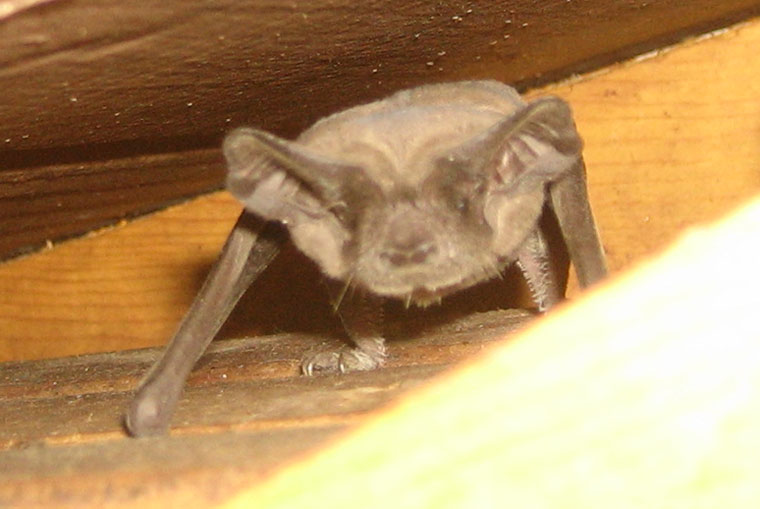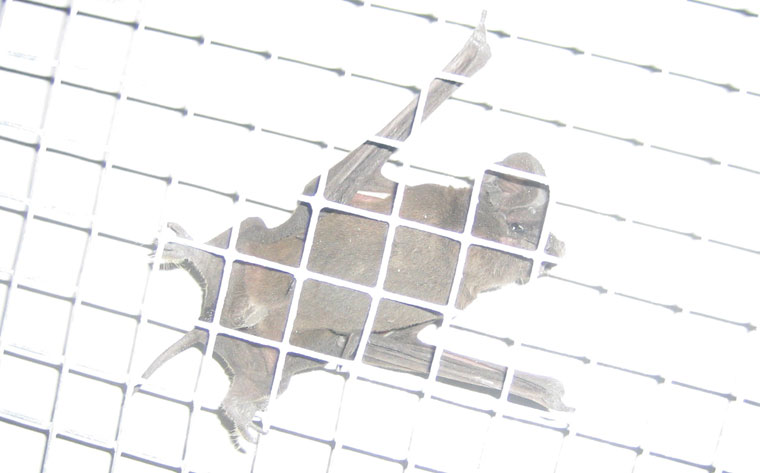- info@wildlife-removal.com
Call us for help in your town
Wildlife Removal Education
Is Bat Trapping Legal?
Need bat removal in your hometown? We service over 500 USA locations! Click here to hire us in your town and check prices - updated for year 2020.
No.
No again.
And, one more time for good measure - NO.

It is ILLEGAL to trap bats. Not only is the act illegal, it's also pretty pointless. A colony of bats can have a huge number of individuals within it, whereas most traps can only take one or a few bats at a time. It would take you such a long time to actually get rid of them using traps that it just wouldn't work as a viable method.
So, if you can't trap bats, how are you meant to get rid of them?
Wildlife control exterminators or professional bat removal experts should be your number one choice. Although this approach CAN BE expensive, the alternatives are usually more so. Trying to DIY this job will more than likely result in a lot of wasted effort, alongside further damage being caused to the property, especially in terms of bat guano. `
If you don't want to pay out for a bat removal service, you will need to make sure you know the rules in your state before you start taking any action. In almost all states, moving bats during their “maternity” season (spring and summer) isn't permitted, so you'll need to leave them where they are until the youngsters in that roost are old enough and capable enough to feed and live alone. The window is actually quite small, depending on where you live, so getting it wrong really isn't an option. Otherwise, you'll need to wait for next year. (Bats that roost during the winter are in a state of torpor - hibernation. Attempting to move them during this time will be so devastating, few of them will survive.)
Exclusion devices are great for bat removal, but only when they are used at the right time of year. Installing these during the spring and summer, when the young are still too young to leave their mother's side, will not have a great ending. They won't be able to use the exclusion devices - or at least some of them won't - and that means they'll be trapped inside the building without their mother. If they are not yet old enough to use the exclusion device and fly out of the roost, they have no hope of finding food or anything else that they need in order to survive. You're likely to end up with an entire generation of dead bats in the attic or building.
Do not trap bats, or take any other bat removal action that could harm them in any way. You may find that you face some pretty serious legal repercussions if you do.
Are You Allowed to Trap Bats in Cages?
Need bat removal in your hometown? We service over 500 USA locations! Click here to hire us in your town and check prices - updated for year 2020.
You shouldn't use trapping as a way of getting rid of bats, no matter how much you think it's a great idea. To start with, the bat that you are trying to trap in that cage is going to be one of many. If there are a hundred bats in that colony, probably hiding somewhere up in your attic, trapping them one by one is going to take you a very long time. The bats will probably just fly right back into your attic again. It's funny when you think about it, but it's absolutely not funny at the same time.

You aren't even lawfully permitted to use traps to get rid of bats in some states, and if you accidentally find yourself with an endangered or threatened species in your cage, you're going to be in for a bumpy ride. Bats are protected at both federal and state levels, so it's definitely the kind of thing you'll want to research before you make any decisions that you'll later end up regretting.
What happens if you manage to trap a bat in a cage? What will you do with it? Take it outside and release it? Again, it'll just head right up to the attic - you haven't actually prevented them from being able to get back in. Bats can migrate halfway around the world, so releasing them a few miles away just isn't going to do the trick.
Rather than trapping bats, look at other approaches, such as exclusion devices or hiring in a bat removal operative. Although more expensive than buying one trap, the job will be done much quicker and for a lot less money than if you attempt the job yourself. You might miss patches of damage that the animals have caused, or not know how to clean up bat guano - a corrosive and disease-carrying substance - once the animals have been evicted. There's the sealing part of the job to worry about too, and that's after you've managed to find out how the critters are getting into your home in the first place.
Trapping a bat is barely anything in the scheme of things. It's certainly no way to approach this problem.
Go back to the Bat Removal page, or learn about bats in the attic with my Bats in the Attic guide.


















